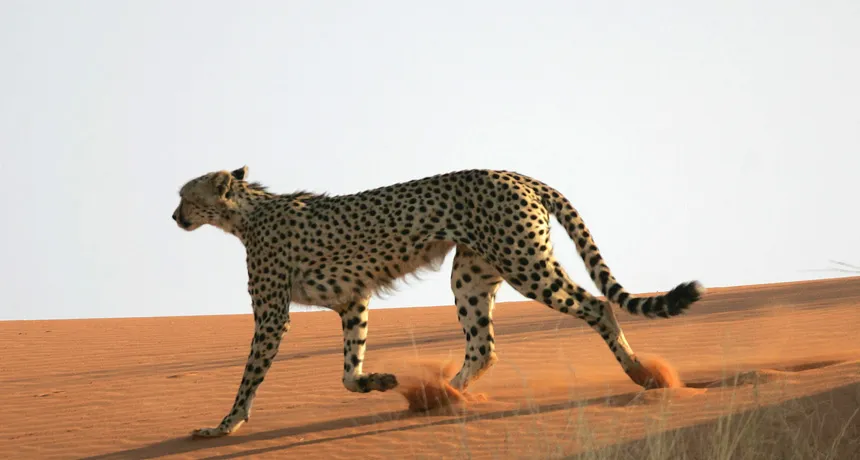Looking for, not catching, prey drains big cats’ energy
Quick attacks help cheetahs and pumas ease metabolic cost of hunting

ON THE PROWL Cheetahs burn more energy prowling for prey than they do chasing it down. The big cats’ quick bursts of speed are so short that they don’t use much of the animals’ daily energy budget, researchers report.
Michael G.L. Mills






